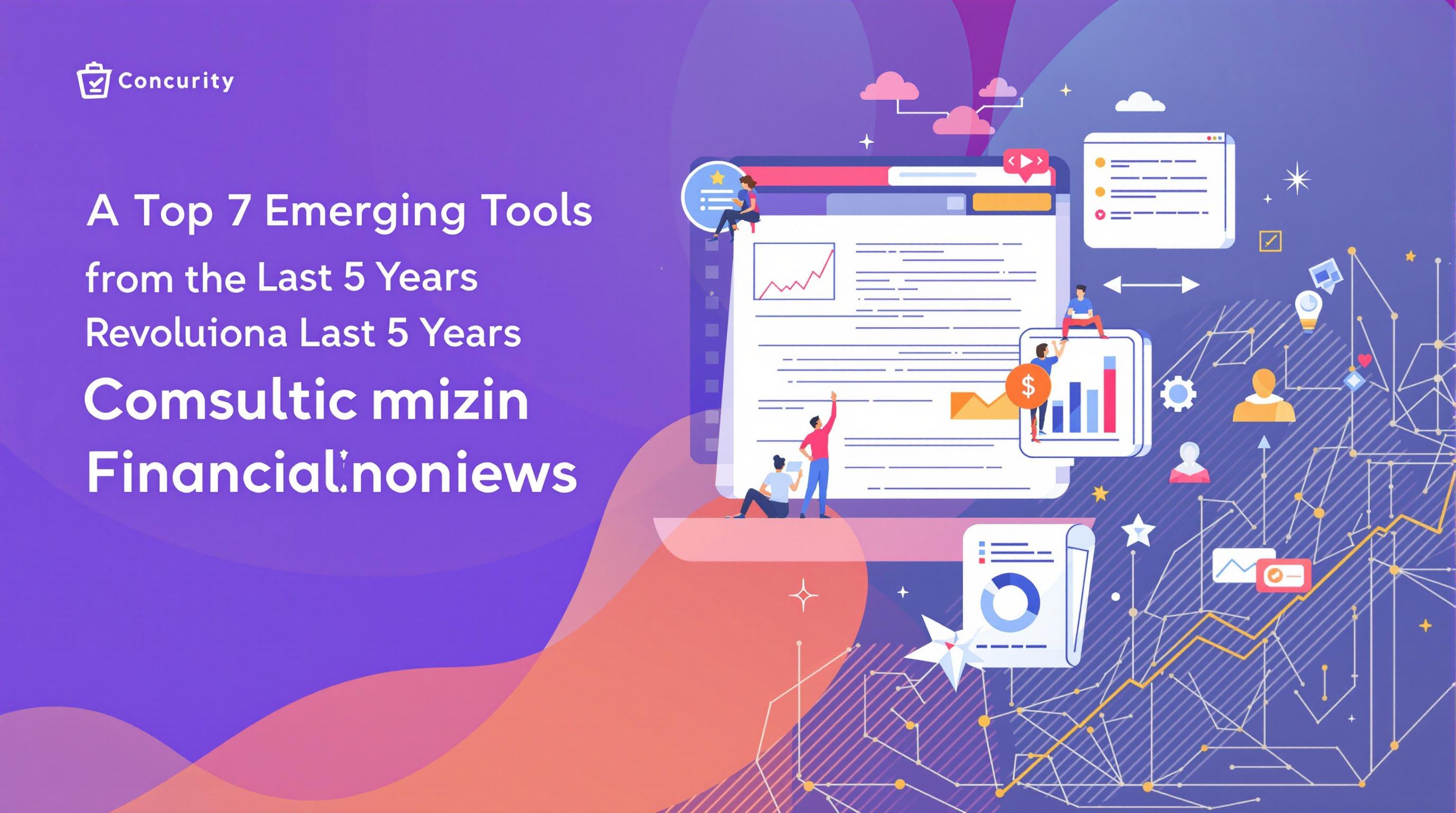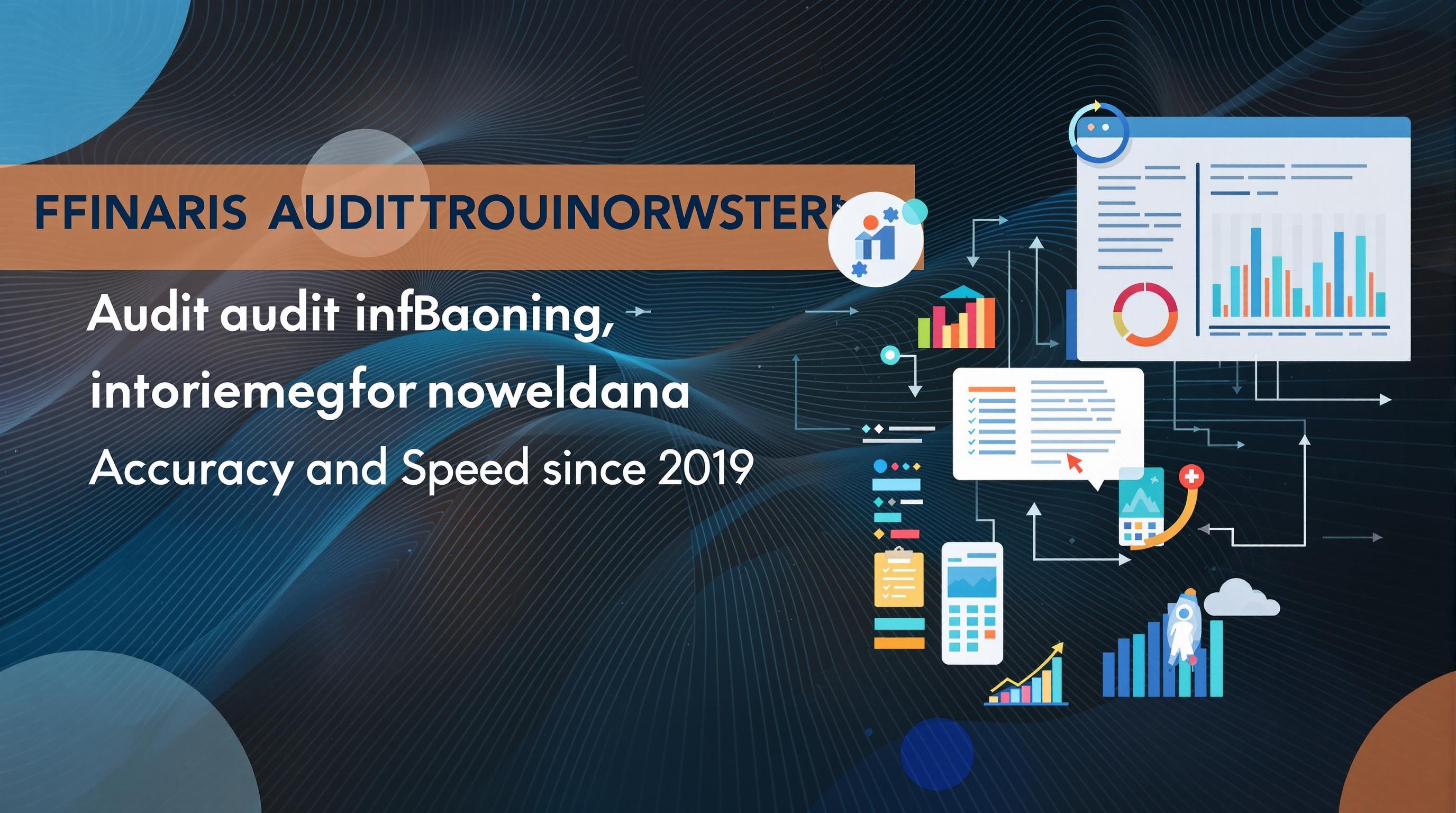Related Articles
- When Disaster Strikes: Unseen Psychological Impacts of Data Loss on Company Culture and Employee Trust
- 7 Game-Changing Business Backup Tools Released Since 2019 You Didn’t Know You Needed
- 5 Trailblazing Smart Home Subscription Services Redefining Convenience and Control Since 2019
- 6 Innovative Boutique Subscription Services Redefining Customer Loyalty and Engagement Since 2019
- How Forgotten Analog Methods Might Reshape Modern Corporate Info Preservation Strategies
- How Behavioral Biases Secretly Skew Financial Audit Outcomes and What Checklists Miss
Top 7 Emerging Tools from the Last 5 Years Revolutionizing Financial Compliance Reviews
Top 7 Emerging Tools from the Last 5 Years Revolutionizing Financial Compliance Reviews
Top 7 Emerging Tools from the Last 5 Years Revolutionizing Financial Compliance Reviews
1. Artificial Intelligence for Regulatory Monitoring
Artificial Intelligence (AI) has rapidly become a game-changer in financial compliance reviews. By using machine learning algorithms, AI-powered tools can scan vast amounts of regulatory texts, policies, and updates in real-time. This capability ensures that organizations remain up-to-date with changing legal requirements without manual intervention.
These AI tools not only aid in monitoring but also help in risk assessment by flagging unusual transactions or behaviors that might indicate non-compliance or fraudulent activity. This reduces human errors and streamlines the review process, allowing compliance officers to focus on more complex tasks.
An example includes platforms like Ascent, which use AI to map and interpret regulations dynamically, significantly reducing the time and costs involved in compliance management (Forbes, 2021).
2. Blockchain for Audit Trails
Blockchain technology is being increasingly applied to financial compliance to enhance transparency and security. Its decentralized nature allows the creation of tamper-proof audit trails that regulators and companies can access to verify the integrity of financial transactions and compliance records.
By recording every transaction in a distributed ledger, blockchain minimizes the risks of data manipulation or loss. This creates an immutable history of compliance activities, which is essential for audits and regulatory inspections.
Companies like Chainalysis have advanced blockchain analytics tools that help in tracing transactions and ensuring adherence to anti-money laundering (AML) regulations, thus making compliance reviews more robust (Harvard Business Review, 2022).
3. Natural Language Processing for Document Analysis
Natural Language Processing (NLP) technologies have transformed how financial institutions handle large volumes of documents. Compliance reviews often require the examination of contracts, policies, emails, and other unstructured texts—a traditionally time-intensive task.
NLP tools can extract relevant clauses, identify potential compliance issues, and classify documents automatically. This accelerates the process of due diligence and regulatory reporting, while improving accuracy in identifying risks.
Tools like Kira Systems utilize NLP to assist legal and compliance teams in efficiently reviewing documents, highlighting critical information which helps meet stringent regulatory standards faster (Kira Systems, 2020).
4. Robotic Process Automation (RPA) for Routine Compliance Tasks
Robotic Process Automation has been pivotal in automating repetitive compliance tasks such as data entry, verification, and reporting. This automation reduces human error and frees up compliance staff to focus on strategic activities.
RPA bots can interact with multiple systems, consolidating data from disparate sources to perform compliance checks and generate audit reports promptly. They can also trigger alerts if anomalies or breaches arise, enabling quicker response times.
Leading firms have integrated RPA solutions like UiPath into their compliance frameworks, showing measurable improvements in efficiency and cost reduction over the last few years (Deloitte, 2023).
5. Cloud-Based Compliance Management Platforms
Cloud computing has enabled the creation of scalable and accessible compliance platforms. These platforms centralize regulatory policies, workflows, incident tracking, and reporting, allowing organizations to manage compliance remotely and collaboratively.
Cloud-based solutions facilitate real-time updates and improve data sharing among departments and with external auditors, thus enhancing transparency and responsiveness. Additionally, they offer robust security features that comply with data protection regulations.
Examples like MetricStream provide comprehensive cloud compliance suites that many financial organizations have adopted in recent years, accelerating compliance review cycles and promoting regulatory agility (MetricStream, 2022).
6. Predictive Analytics for Risk Assessment
Predictive analytics employs statistical techniques and historical data to forecast potential compliance risks before they materialize. This proactive approach helps financial institutions implement preventive measures and allocate resources effectively.
By analyzing patterns in transactions, customer behavior, and regulatory interactions, predictive models highlight areas vulnerable to fraud, money laundering, or violations of financial regulations.
Solutions like SAS Compliance Analytics integrate machine learning to deliver actionable insights, improving the precision and speed of compliance risk management and bolstering regulatory confidence (SAS Institute, 2021).
7. RegTech APIs for Seamless Integration
Regulatory Technology (RegTech) Application Programming Interfaces (APIs) offer modular tools that financial institutions can integrate into their existing systems. These APIs streamline compliance processes by automating data retrieval, validation, and reporting functionalities.
Using RegTech APIs accelerates the adoption of compliance innovations without the need for extensive system overhauls. They enable real-time exchange of compliance information between institutions and regulators, enhancing responsiveness.
Platforms such as ComplyAdvantage provide APIs that help in AML screening and transaction monitoring, making compliance reviews faster and more adaptable to evolving regulations (ComplyAdvantage, 2023).
Conclusion
The last five years have witnessed remarkable advancements in tools that redefine the landscape of financial compliance reviews. From Artificial Intelligence to Blockchain, these emerging technologies significantly enhance the accuracy, efficiency, and transparency of compliance processes. Implementing such innovations equips financial institutions to navigate complex regulatory environments proactively and maintain robust governance.
As regulations continue to evolve, adopting these tools will be crucial for institutions aiming to minimize risk and uphold stakeholder trust. Future developments in AI, data analytics, and cloud computing promise further transformation, pushing compliance reviews into a new era of digitization and automation.
Organizations keen on staying ahead should evaluate these emerging tools and consider tailored integrations that align with their compliance objectives and operational frameworks.
References
Forbes, "How AI Is Transforming Regulatory Compliance," 2021.
Harvard Business Review, "Blockchain Beyond the Hype: What Is the Strategic Business Value?" 2022.
Kira Systems, Product Overview, 2020.
Deloitte, "The Rise of Robotic Process Automation in Financial Services," 2023.
MetricStream, Compliance Management Solutions, 2022.
SAS Institute, "The Power of Predictive Analytics in Compliance," 2021.
ComplyAdvantage, API Documentation and Use Cases, 2023.




